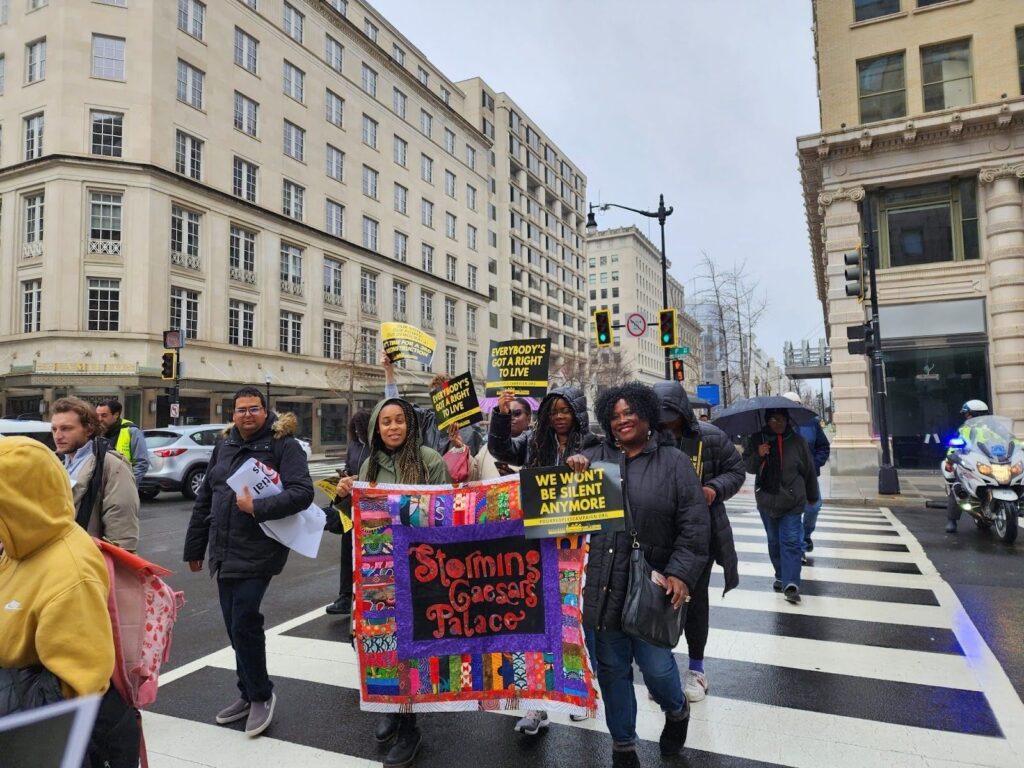The United States is the only major industrial nation that has no health care system for its citizens. The result is that 43 million Americans lack guaranteed access to essential health services.
In One Nation, Uninsured: Why the U.S. Has No National Health Insurance, Jill Quadagno tells how this came to be and what might be done about it. Her book is a clear and concise history of the battle for universal health coverage, although it is not one that is particularly encouraging for supporters.
To achieve universal coverage, says Quadagno, a sociologist at Florida State University, there must be a “political will” strong enough to fight off the political wills of the vested interests that have fought so long and so successfully against universal coverage.
Here reasons for why there is no universal coverage in the United States are:
- Political belief in private property and individual rights have fostered the fear that if a distant federal government financed health care, it would also control it.
- Organized labor vacillated, first opposing a national health care system in the belief that it might undermine labor efforts to organize workers and win health benefits. Later, it made a U-turn and was a chief backer of Medicare as well as universal coverage.
- Doctors saw any national health plan as socialist-inspired and aligned themselves with employers and insurers to fight it.
- Medicare created a profitable market for private insurers in the form of supplemental “medigap” policies while removing a needy constituency, the elderly, from debates over coverage of the general population.
The most recent of the many failures to enact health reform was the plan put forward by President Bill Clinton. Its failure Quadagno says, was not only due to strong opposition by the usual vested interests along with the president’s inability to put together an alliance to support his plan. It was also due to other less dramatic – although equally consequential – factors.
These included improvements in health care availability, such as tougher regulation of insurance companies, incentives to buy private long-term health care insurance, and the lowering of some barriers to coverage for low-income families and children. Despite these steps, many low-income adults and childless, poor adults remained insured.
In every case in which a move toward a national health plan failed, there was one constant, Quadagno says, and that was resistance by powerful special interest groups.
What can be done, she asks? Her solutions include continuing the expansion of Medicaid for poor people, elderly people, disabled people, childless couples and single adults. In addition, uninsured poor people should be provided vouchers to buy into the federal employee health plan. And to help solve the problem of uninsured workers in small companies, Quadagno suggests a “stop-loss” program under which the companies would offer bare-bones coverage and the government would cover catastrophic losses.
She acknowledges that many of these proposals have been considered in the past and rejected. She suggests the creation of universal coverage in one swoop is not in the books but that incremental widening of existing coverage – toward the end – is.
How to do this? Quadagno says that in past years, the various interest groups with stakes in preserving the status quo have used local, state and national organizations to mount grass root campaigns to fight universal coverage. And similarly, she adds, when citizens groups joined to fight entrenched interests, their successes also came because of their organizational capacity. She cites the victories of civil rights activists, trade unions and senior citizens.
Backers of universal health care constitute a diverse group, Quadagno writes, and are often split according to needs and existing health coverage. Reformers must unite these groups: employers and trade unions concerned about rising health costs, older people who fear losing their health care along with their jobs, and low-income workers, especially those in the districts of key members of Congress. She says they must form local chapters to mobilize activists to create political leverage at the local, state, and national levels.
Quadagno says that while the need for universal care is obvious, the question that remains is how to get it, and concludes, “The challenge facing reformers in the current political climate is how to craft a message that can unify the various needy population groups that might form such a coalition.”








